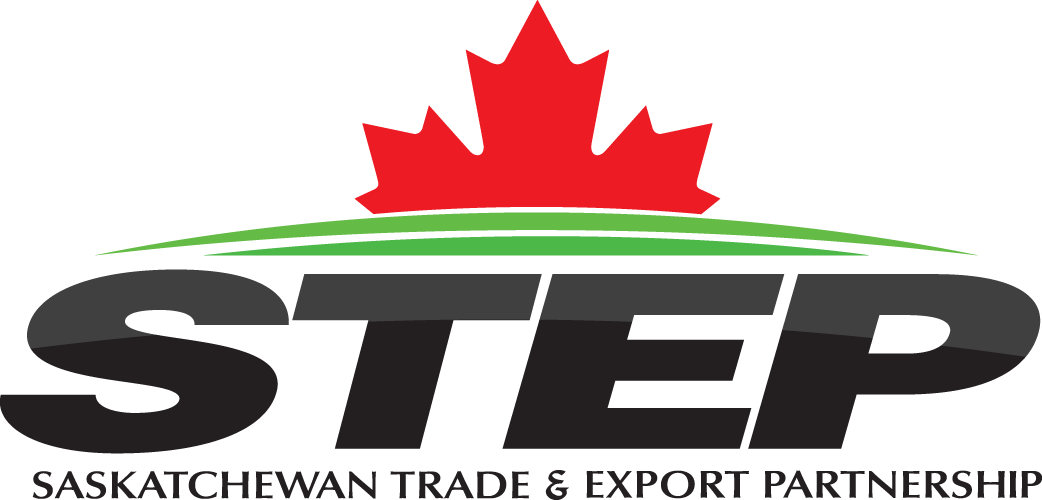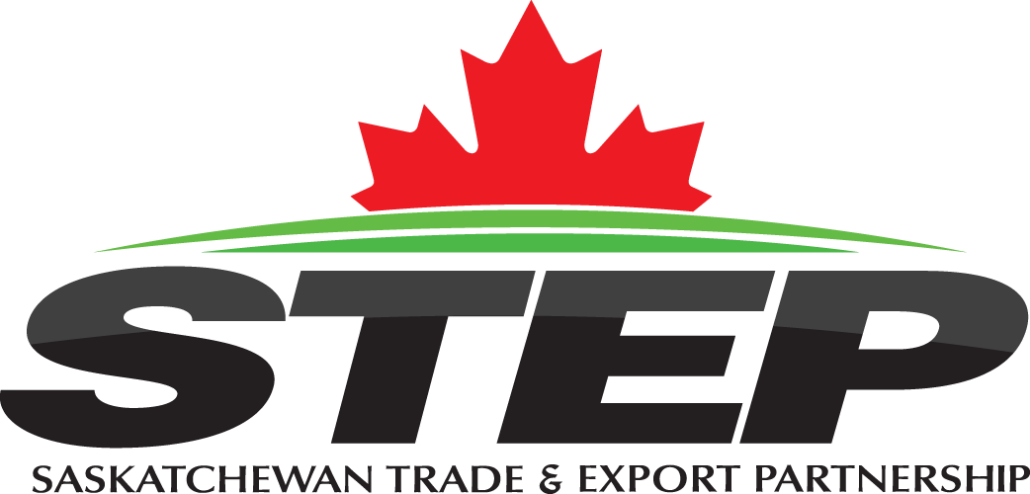Media Release – Saskatchewan’s expanding manufacturing industry builds on its strengths
Media Release – Saskatchewan’s expanding manufacturing industry builds on its strengths
Officials in Saudi Arabia are impressed.
That’s the word the chief executive officer of Crestline Coach Ltd. received during a recent visit to the Middle Eastern kingdom to follow up on a large order of high-tech emergency services vehicles delivered last year to the Saudi government.
“They were more than satisfied, and that differentiates the quality of our product,” says Steven Hoffrogge, who heads up the Saskatoon-based manufacturer of ambulances and specialty buses.
“It’s been a very successful relationship for us that will bear fruit in terms of ongoing business as the reputation of the quality of our product and support gains a larger following.”
Accolades from Saudi Arabia aside, Crestline Coach is already a made-in-Saskatchewan success story, delivering more than 15,000 vehicles to 32 countries in its 40-year history while generating more than $50 million in sales annually.
But by no means does the manufacturer stand alone in Saskatchewan. The province’s manufacturing sector has been flourishing in recent years, more than doubling in size over the past 15 years. Now employing more than 20,000 in full-time jobs, it generates between $14 billion and $16 billion in sales annually, says a recent report by Canadian Manufacturers and Exporters and the Saskatchewan Manufacturing Council called Manufacturing 2025.
In many ways, this success is a reflection of the diversity of the province’s overall economy, says the head of the Saskatchewan Trade and Export Partnership (STEP), a non-profit organization partially funded by the provincial government that represents the industry on the national and international stage.
“One of the foundations of our manufacturing industry has been its ability to plug into the supply chain for our propulsive sectors of the economy, whether it’s oil and gas, mining or agriculture,” says Chris Dekker, president and CEO of STEP, based in Regina.
While the sector has found growth by serving these industries, Dekker also noted that it is diverse with manufacturers in automotive, satellite technology, food and beverage and chemical production.
And it’s globally focused.
“Because we have such a small population we have to export what we produce here,” Dekker says.
And that’s where STEP enters the picture.
“Our role is to help those manufacturers develop export sales to stay strong in the global marketplace,” he says about the organization that is celebrating its 20th anniversary in 2016.
Its roles include providing customized market intelligence to help firms sell their goods in existing and emerging markets. It also helps companies promote their products at international trade shows and rustles up trade leads.
The formula has proven to be a winning one in recent years, according to the Manufacturing 2025 report.
It states sales for the province’s manufacturing sector have grown by 131 per cent since 2000 compared to about 11 per cent nationally. Still, the industry has plenty of room to grow. Manufacturing remains a relatively small — albeit important — engine in the province’s diversified economy, accounting for about 6.5 per cent of gross domestic product.
While small, it is making its mark on the world.
“In terms of per capita sales, we certainly punch above our weight in just pure manufacturing shipments and exports around the world.”
And the sector’s importance is forecast to grow in the next decade with sales expected to reach $25 billion annually in 2025, the CME/SMC report states.
Hoffrogge credits the provincial government for manufacturing’s rise.
“It’s clear the current government has allowed us to succeed, putting in place the supply chain and skills critical for manufacturers to grow,” he says.
“It opened the province up for business, making it pretty cost-effective to operate here.”
Case in point is the Manufacturing and Processing Exporter Tax Incentive — a non-refundable tax credit equal to $3,000 for every new full-time employee hired until 2019. In addition, the program offers further tax credits equal to $10,000 for companies hiring full-time employees at a head office located in the province.
Another key component is skills training to build local capacity and keep pace with growth. Already, the province has done a good job in this respect, Hoffrogge says.
“The people of Saskatchewan have a work ethic that is envied outside the region,” he says. “I’ve worked in manufacturing for over 25 years and I can tell you the dedication and skill you find here is unparalleled.”
This workforce is the backbone of innovation for the sector and critical to enabling firms to compete with producers operating in jurisdictions such as China with lower labour costs.
In fact, Dekker says the province’s companies thrive on competing with the rest of the world and look forward to the implementation of trade agreements such as the Trans-Pacific Partnership.
“We produce what the world needs and not just what it wants, and that allows us to be leaders in manufacturing,” he says. “Not only do we not fear free trade; we welcome it.”
National Post – June 13, 2016
www.nationalpost.com


